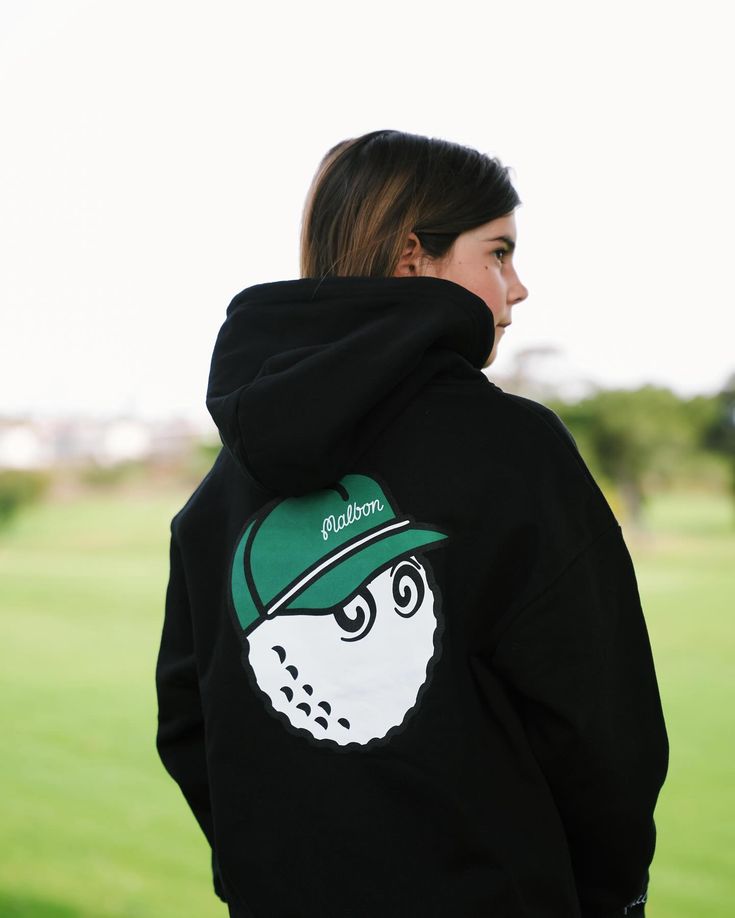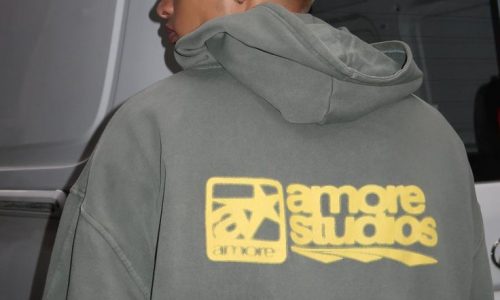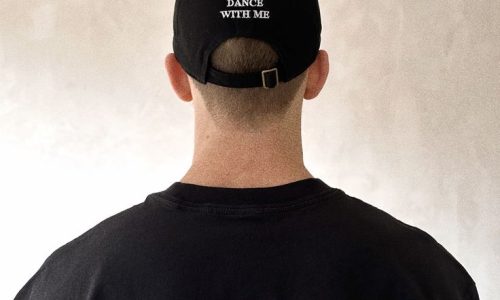
Fashion Forecast 2025: The Trends You Need to Know Now
Introduction
The world of fashion is constantly evolving, reflecting not only aesthetic preferences but also cultural shifts, technological advancements, and global challenges. As we step into 2025, the industry continues to redefine itself through innovation, sustainability, and the growing importance of individual expression. This comprehensive fashion forecast for 2025 dives deep into the key trends shaping the industry today and tomorrow. From fabric innovation to silhouette evolution, digital integration to sustainability, and cultural storytelling to global influences, we explore the full spectrum of style developments that are poised to dominate.
Redefining Fashion Through Technology and Innovation
The convergence of fashion and technology is at the heart of many upcoming trends. Designers and brands are embracing smart textiles, augmented reality, 3D printing, and AI to reimagine what clothing can be. In 2025, garments are not just about appearance—they are tools that respond to their environment and the needs of the wearer. Self-cooling fabrics, adaptive garments that respond to weather changes, and 3D-printed shoes customized for foot structure are no longer futuristic ideas, but present-day realities.
Technological advancement in the production process is also contributing to a reduction in waste and an increase in efficiency. Digital sampling, virtual fittings, and AI-generated designs are streamlining both creativity and manufacturing. These innovations are allowing brands to experiment fearlessly while maintaining ethical standards and operational agility.
Sustainable Fashion Becomes the Standard
In 2025, sustainability is no longer a niche concept—it is the foundation upon which forward-thinking fashion is built. Consumers are demanding transparency, and brands are responding with biodegradable materials, circular production methods, and responsible sourcing. Natural dyes, plant-based leathers, and regenerative farming practices are being integrated into mainstream collections.
Upcycling and garment recycling are also taking center stage. Designers are finding creative ways to transform discarded fabrics into high-end fashion pieces, giving new life to waste and challenging the concept of disposability in style. Brands that emphasize low-carbon footprints, ethical labor, and water conservation are emerging as leaders in the industry, setting a new bar for what it means to be fashionable.
The Return of Tailoring with a Twist
As consumers seek quality and longevity, tailored clothing is making a strong comeback—but with a modern update. The sharp lines and structured silhouettes of classic tailoring are being reinterpreted with relaxed fabrics, oversized proportions, and experimental layering. This trend appeals to a new generation of fashion enthusiasts who value craftsmanship but are not confined by tradition.
Blazers with exaggerated shoulders, wide-leg trousers with asymmetrical hems, and gender-neutral suits are redefining professional wear. Designers are playing with volume, proportion, and unconventional textiles to breathe new life into tailoring, creating garments that feel both timeless and fresh. This reinvention of classic aesthetics is helping professionals express personal style while maintaining a polished appearance.
Elevated Comfort: The Rise of Hybrid Apparel
With the global shift toward remote work and flexible lifestyles, fashion is prioritizing comfort without sacrificing style. The boundaries between loungewear, activewear, and daywear are dissolving, giving rise to hybrid garments that perform across multiple contexts. Think joggers made from suiting fabrics, oversized knit dresses that transition seamlessly from Zoom calls to casual outings, and sneakers that are both fashion-forward and performance-ready.
Comfort is being redefined with elevated materials such as cashmere blends, organic cotton, and moisture-wicking silks. The use of seamless construction, ergonomic cuts, and breathable fabrics ensures that comfort remains central to the wardrobe of 2025, even as style continues to evolve.
Cultural Identity and Global Storytelling
Fashion in 2025 is deeply personal and politically charged, with more designers using their platforms to tell stories of heritage, migration, resilience, and community. Regional craftsmanship and indigenous techniques are gaining renewed appreciation, as fashion becomes a powerful medium for cultural storytelling.
Garments inspired by traditional attire—such as handwoven saris, Maasai beadwork, or Andean embroidery—are being reimagined in contemporary silhouettes, preserving heritage while fostering innovation. Designers are no longer borrowing from cultures; they are collaborating with artisans, ensuring that cultural narratives are represented with authenticity and respect.
Color Psychology and Emotional Dressing
In 2025, color is about more than visual impact—it’s a tool for emotional expression and psychological balance. Emerging color trends are being guided by global sentiments, with soft pastels symbolizing calm and recovery, while bold primaries express confidence and transformation. Designers are using color theory to create collections that uplift, ground, and empower wearers.
Color blocking is being revisited with a more thoughtful approach, emphasizing harmony and contrast in equal measure. Garments are being designed not only with aesthetic goals in mind but also with the intention of influencing mood and mindset. This trend acknowledges the intimate connection between what we wear and how we feel.
Gender-Fluid Fashion Reaches New Heights
The move toward inclusivity and representation is driving fashion to transcend traditional gender norms. In 2025, gender-fluid collections are not fringe concepts—they are central to mainstream design. Silhouettes that blur the line between masculine and feminine are gaining prominence, reflecting a societal shift toward identity exploration and acceptance.
Designers are experimenting with fluid tailoring, multi-functional garments, and size-inclusive lines that cater to diverse body types and expressions. Retailers are reorganizing their stores and e-commerce platforms to be more welcoming to all shoppers, regardless of gender identity. Fashion is no longer about conforming—it’s about celebrating individuality.
Statement Accessories and Functional Details
Accessories in 2025 are doing more than finishing an outfit—they are becoming essential storytelling devices and functional tools. Oversized bags with modular compartments, jewelry embedded with digital features, and hats that provide UV protection while doubling as fashion statements are examples of how accessories are evolving.
Functional details such as hidden zippers, convertible elements, and detachable layers are being integrated into accessories and clothing alike. Designers are responding to the needs of contemporary life with intelligent design choices that enhance utility without compromising style.
Digital Fashion and Virtual Style Realms
The digital transformation of fashion is accelerating, especially in the realms of gaming, augmented reality, and the metaverse. In 2025, fashion exists not only in closets but also in digital wardrobes. Virtual clothing for avatars, NFT fashion drops, and AR try-ons are becoming central components of fashion branding and personal expression.
This shift is also opening doors for smaller designers to reach global audiences without the constraints of physical inventory. Digital fashion offers sustainability benefits, limitless creativity, and accessibility, making it a key player in the future of style.
Conclusion
Fashion in 2025 is marked by transformation, inclusion, and purpose. The trends explored in this forecast illustrate how style is moving beyond aesthetics to embrace functionality, identity, sustainability, and innovation. Whether through smart textiles, ethical production, or digital expansion, the industry is responding to the demands of a conscious and connected global audience. As we navigate the fashion landscape of 2025, one thing is clear: clothing is no longer just what we wear—it’s how we live, express, and evolve.


